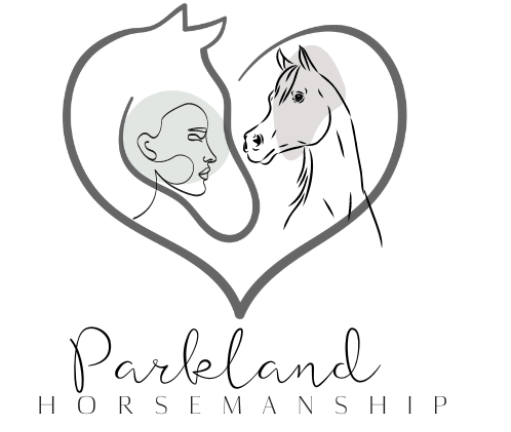Equine Assisted Learning, more commonly referred to as Horse Therapy or EAA, is an effective approach to treating autism. It is designed as a goal-driven and progressive program with lasting effects resulting from each session.
Children quickly realize that success is a journey and self-acceptance is vital to its achievement. Furthermore, they develop feelings of self-efficacy which foster initiative and problem solving skills.
Empathy
Interacting with horses provides individuals the opportunity to develop emotional control and practice social interactions in a non-threatening setting, which they can then apply outside of therapy settings.
Equine assisted therapy (EAT) is an alternative form of treatment that uses horses as an invaluable asset to promote learning and enhance the lives of children with autism and related conditions. Working in collaboration between certified therapists and horse handlers, EAT enables those affected by autism to build self-regulation, social skills and emotional regulation to promote overall well-being and emotional stability.
One study revealed that children who work with horses tend to experience better self-control and emotional regulation thanks to the horse’s sensitivity. They can detect even subtle shifts in behavior from children, providing immediate responses. Working together, horses often form meaningful bonds with them that help children feel supported and understood.
Self-regulation
Interacting with horses promotes children’s abilities to remain calm and independent. Working with an animal requires constant focus and concentration from kids, helping to enhance focus and concentration skills over time. EAP also provides a structured environment which encourages self-regulation and control of impulsive responses such as tantrums or disruptive responses.
Children learn to take responsibility for their actions and work through challenges with help from a therapist, but also independently. By mastering more tasks successfully, children gain an increasing sense of accomplishment and an internal feeling of self-efficacy which results in initiative, problem-solving skills and increased confidence.
Interacting with horses is also an excellent way to increase sensory integration for individuals with autism. Touching, grooming and riding horses provide unique sensory input in an nonjudgmental setting that can reduce anxiety, stress and improve motor skills. Furthermore, building trust between horses and humans strengthens communication as well as emotional awareness and empathy in children.
Social skills
Horses provide children with an invaluable way to develop both nonverbal and verbal social skills, including giving and receiving positive or negative feedback, engaging in reciprocity, assertiveness and creating a sense of initiative. Horses allow children to overcome isolation and depression and transition towards more social environments that increase happiness.
Researchers have shown that having horses around can help children cultivate an appreciation for other living beings – including animals and nature. Furthermore, such activities promote an environment that teaches responsibility – encouraging more responsible behavior down the road.
Studies conducted recently revealed that participants with autism experienced improved social cognition after enrolling in an equine-assisted learning program, and these gains persisted six months post program completion. Furthermore, waitlist children who took part later experienced similar benefits, suggesting these improvements are lasting; more research must be conducted in order to ascertain if these gains can be sustained post-program completion.
Communication
As horses are sensitive animals, they are capable of picking up on human emotions and behaviors quickly and accurately, providing invaluable feedback about how children feel – something which many children find reassuring and therapeutic.
One study demonstrated how Equine-Assisted Learning led to significant gains for children in areas such as emotion control, communication and responsibility. They also gained greater self-control and greater trust with horses.
Example: when a child is startled by a horse and reacts by screaming at it, its response may include moving away or other forms of behavior which help the child understand that they are not alone with their feelings and it would be best if communication were done more peacefully.
When searching for an equine assisted learning program, look for a qualified professional with both knowledge of equine therapy and autism treatment. They will be able to offer support and guidance to ensure the individual with autism stays safe; additionally they may collaborate with other members of a therapeutic team such as speech and occupational therapists.

